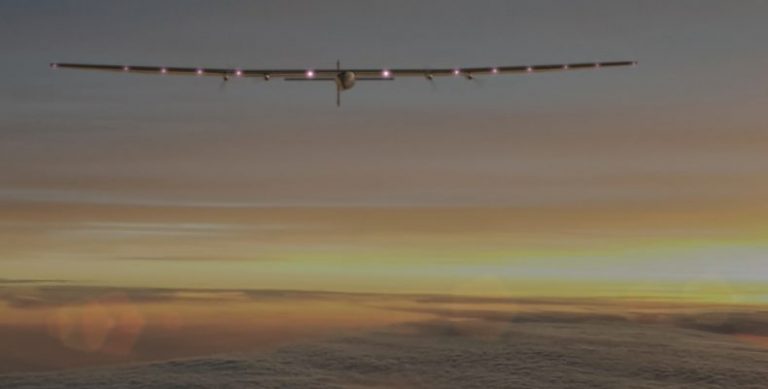The intention to propose its renewable energy aircraft as a platform for intelligence gathering, surveillance and reconnaissance (ISR: Intelligence, Surveillance & Reconnaissance) to meet the Greek operational requirements in the Eastern Mediterranean, was announced by the American-Spanish start-up Skydweller Aero Inc.
The statement of Skydweller CEO Dr. Robert Miller (one of the co-founders of the company), is revealing: ““We are developing next-generation technology to meet the most significant global defense and national security concerns. With present threats to Greece in the Eastern Mediterranean, an ultra-persistent airborne platform, like Skydweller, would provide critical intelligence, surveillance, and reconnaissance (ISR) capabilities, providing a key strategic advantage in the region.”
It is recalled that the basic characteristics of the aircraft, its origins (an evolution of the solar-powered manned aircraft Solar Impulse 2) and information on renewable energy technologies used to power it, have been presented in a previous post. However, it is now clear that Skydweller Aero Inc., created by aircraft experts from Northrop Grumman’s Special Projects unit, aims to develop the aircraft to operate as a Medium-altitude pseudo-satellite (MAPS).
Have rogue Orcas really been attacking boats in the Atlantic?
Turkey to send troops to Nagorno-Karabakh
This approach does not follow the “tradition,” according to which solar-powered aircrafts are able to operate as high-altitude pseudo-satellites (HAPS), flying in the stratosphere, over the winds and weather, remaining in flight for weeks or even months. However, in order to be able to reach altitudes of 60,000 feet (18,288 meters), aircraft must have a super-lightweight structure and limited weight mission equipment. It is easily understood that the limited mission load capacity significantly reduces the operational capabilities as a platform for surveillance or communications relay.
This realization led Skydweller Aero Inc. in a different approach, where the ability to carry large payloads of increased capabilities becomes a much higher priority than flight altitude. It should be noted here that medium altitudes are a “death zone” for solar aircraft designers as winds and weather exert forces on the ultra-lightweight structure (therefore of reduced strength) which have been shown to be destructive. A typical example is the Airbus Zephyr, which in 2019 due to unstable weather conditions fell into an uncontrolled flight and eventually disintegrated in the air.
Read more: Defence Point
Ask me anything
Explore related questions





